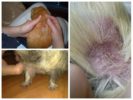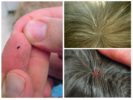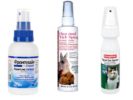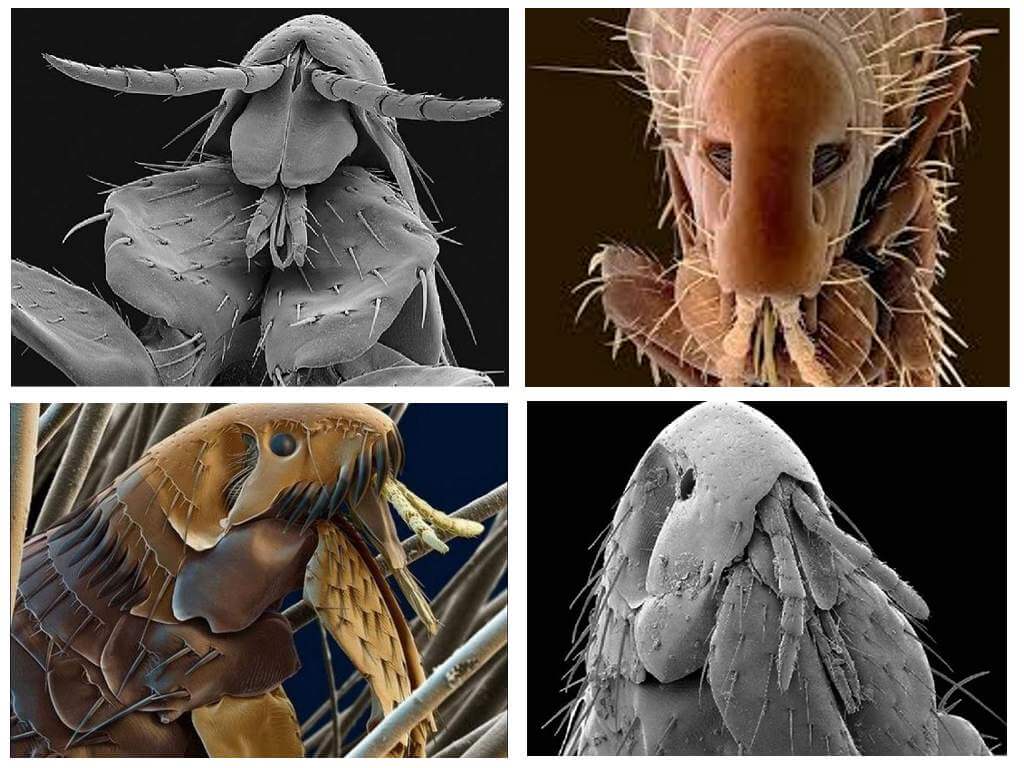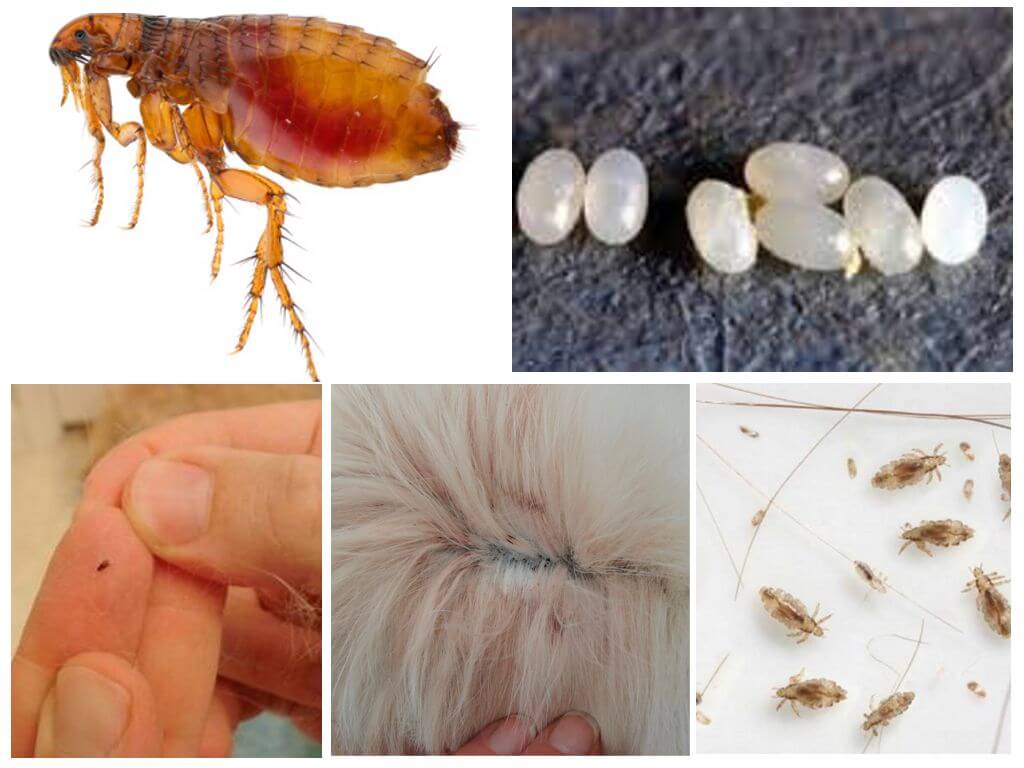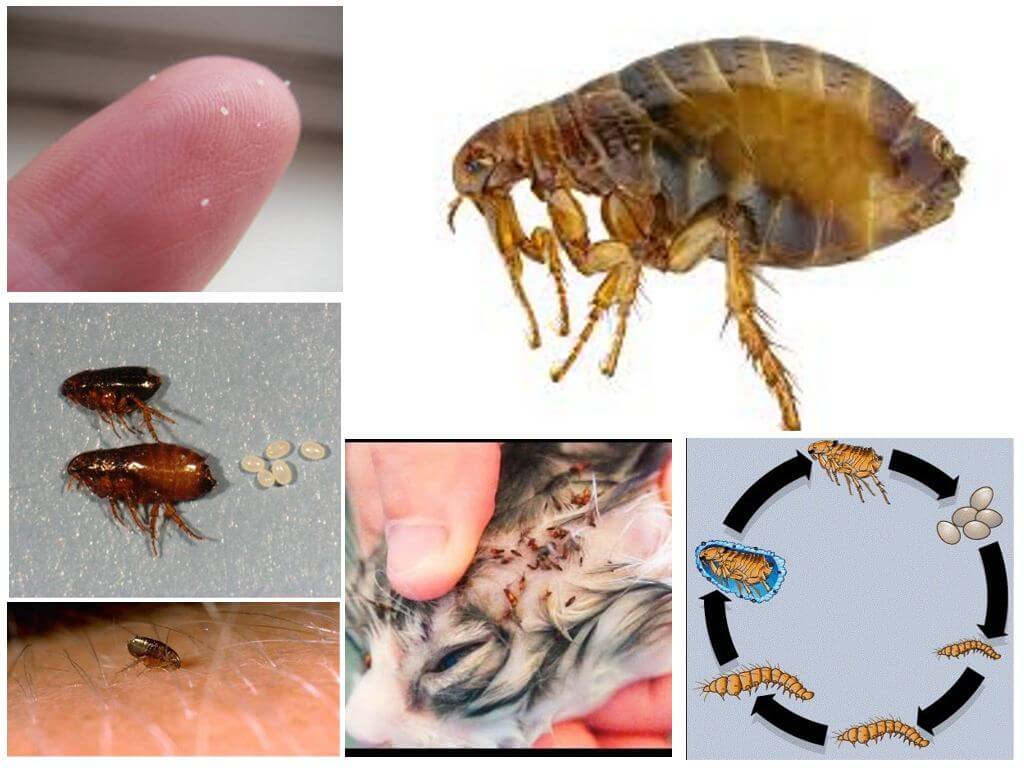- Scabies mite in guinea pigs
- Guinea pig fleas
- Flea sprays
Guinea pigs - cute domestic rodents - fat men, which every child is happy to cuddle. It seems that caring for this animal is simple, but is it? Do guinea pigs have fleas or you don’t have to worry about pet hair? Parasites may appear in them, but this is not the only cause of itching, which often overtakes animals. What other skin parasites can threaten an "overseas" rodent.
Ticks
An ignorant person, looking at an actively itchy mumps, is sure that they show themselves in this way fleas in guinea pigs. But this is far from the case: the most common cause of itching is one of the types ticks - fur or scabies.
Scabies
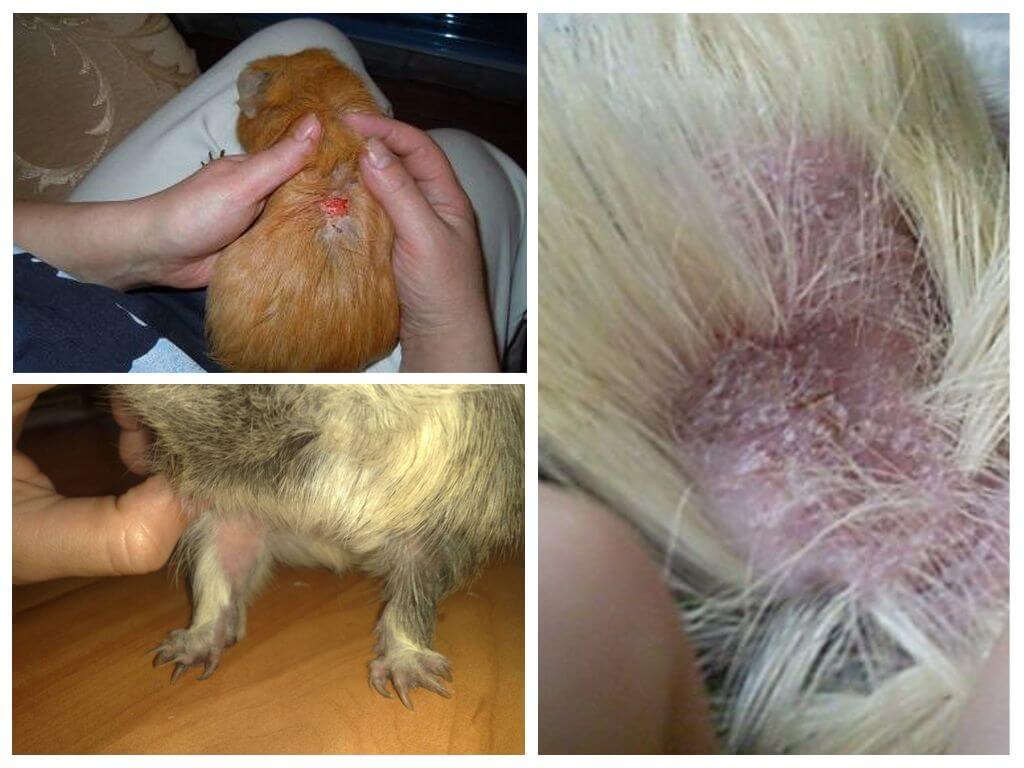
This species is more dangerous for the "marine" pet. When it appears, the following symptoms are possible:
- the appearance of papules;
- skin redness;
- the appearance of areas with rough skin;
- sherlocks falling out.
Only a veterinarian can pinpoint the culprit. He will do this after examining the scraping taken from the skin of the animal.
Interesting!
In guinea pigs, not only fleas appear, but also other parasites that live both on the surface of the skin and in the coat.
Some individuals do not suffer from ticks, being their carriers. A tick that has settled on a pregnant female is capable of provoking a miscarriage. Ivermectin injections are most often used to treat this type of insect. Duration and dosage should be prescribed by a doctor.
Fur
Ticks can only be transmitted by direct contact. Trying to get rid of the "guest", the rodent often licks. As a result of this effect, his coat coarsens, and sores appear on the skin. Often, the disease is accompanied by profuse hair loss.
The parasite is removed with the same drug as the scabies mite. For diagnosis, the veterinarian must be examined under the microscope of rodent hairs.
Interesting!
Symptoms of the appearance of a fur tick are very similar to the signs of the appearance of fleas: the skin itches, peels, papules appear.
Fleas
Most often, they settle on the hairs of guinea pigs cat fleas. They can be brought by other pets walking on the street. When fleas appear in the pig, hair begins to fall out, itching occurs, the skin looks unhealthy. If there are a lot of bloodsuckers, anemia is more likely to develop.
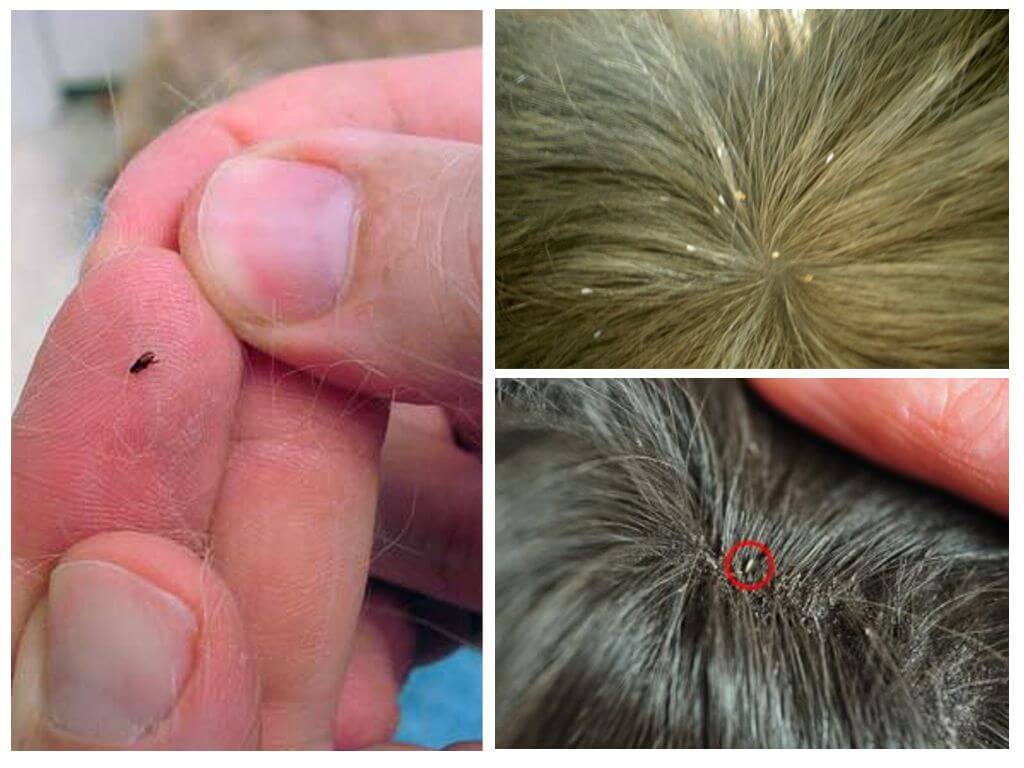
To find out if there are fleas in guinea pigs, it is enough to take a comb with frequent teeth and comb the pet's hair well. Either the fleas themselves or their metabolic products — small brown spools — will necessarily remain on the comb.
Interesting!
The food for flea larvae, most often, is the excrement of adults.
The treatment of fleas in guinea pigs is quite simple. To get rid of them, you need to buy products manufactured for cats in a veterinary pharmacy. These include drops:
- 4 with a ponytail;
- Front line;
- Delix;
- Rolf Club 3D;
- Barrier;
- Dana Ultra Neo;
- Stronghold;
- Advantage;
- Blokhnet;
- Celandine;
- Helmintal;
- Inspector and other drugs, the properties of which can be found in detail in a veterinary pharmacy.
It is desirable that the active substance in the purchased product was pyrethrin.
Important!
Without the recommendation of a veterinarian, it is prohibited to purchase other flea preparations for mumps.
Lice
These insects appear in the same way as fleas, so they are often called inexperienced owners. Most often they appear on the neck and head.
Infection with this parasite occurs through direct contact or through infected litter. These insects will not live on humans. You can even notice them with the naked eye.
Treatment methods
Guinea pig fleas, like other pests, should be destroyed as soon as possible before they cause serious damage to the rodent.
The very first step is to clean and disinfect the cell. Litter should be completely replaced. Plates, toys, shelter - everything must be thoroughly washed and processed.
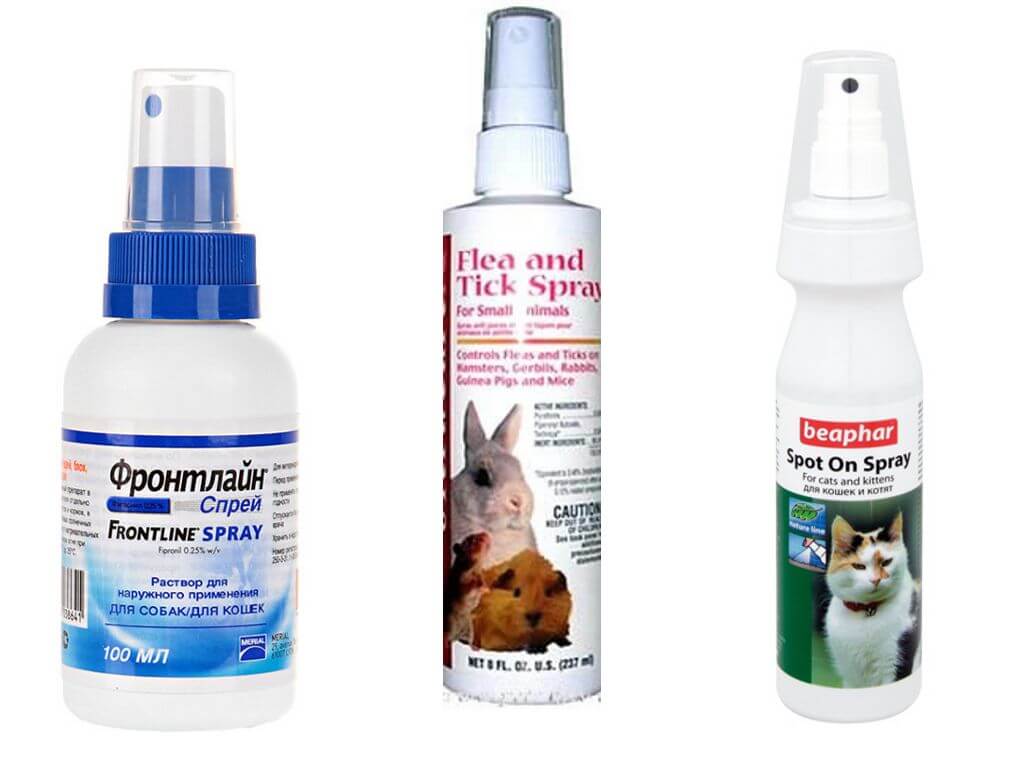
To get rid of fleas and lice, use sprays:
- Frontline
- Flea & tick;
- Beaphar;
- 8 in 1;
- Ultracare
Repeat the procedure after 8 days. Instructions and dosage are indicated on the packaging of the drugs. The affected pet must be treated so that the product does not get on the mucous membranes, including the mouth.
Prevention
Proper care and organization of timely prevention is able to minimize the risk of infection of a pet.
- If the animal is taken outside for walks, it must first be treated with special sprays that will scare off parasites.
- To prevent pests from populating the cell, it must be washed weekly with flea shampoo. The smell of additives in such products repels bloodsuckers.
- Since ticks often bite into the delicate skin of pigs, it is recommended to treat the animal with special protective preparations before walking. If a fence is built for a pet in nature for walking, you should check the coat for parasites twice a day. Pay special attention to the ears, stomach and armpits.
- To understand if there is a tick in the wool, you just need to stroke the mumps - the arthropod that started eating is felt very well by the hand.
Guinea pigs very often have various skin parasites. For each of their species, there is a different way of struggle, but problems can be treated "in bulk". But nevertheless, the optimal solution is to prevent their occurrence, for which you should secure the place of walking, regularly treat the cage and pay attention to the rules of keeping a pet.
